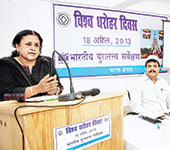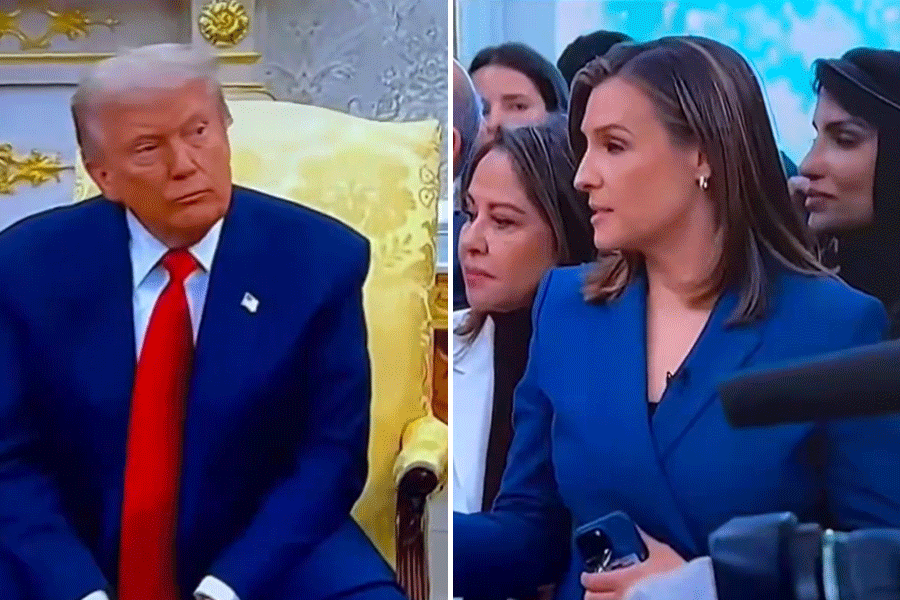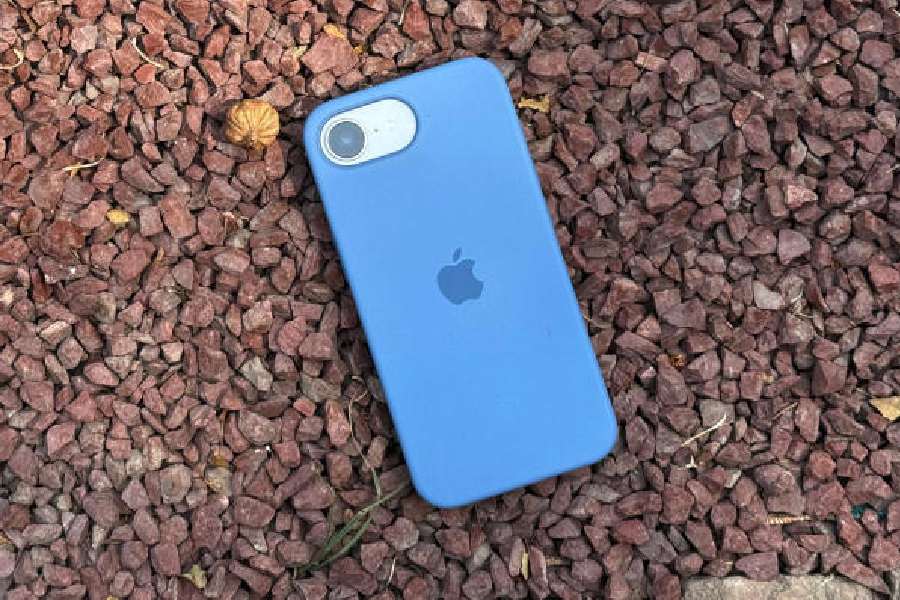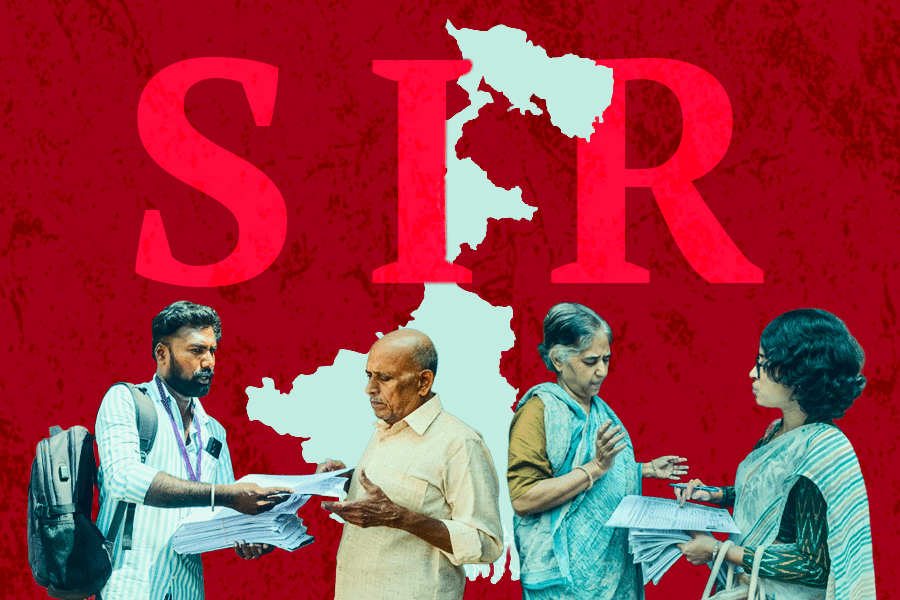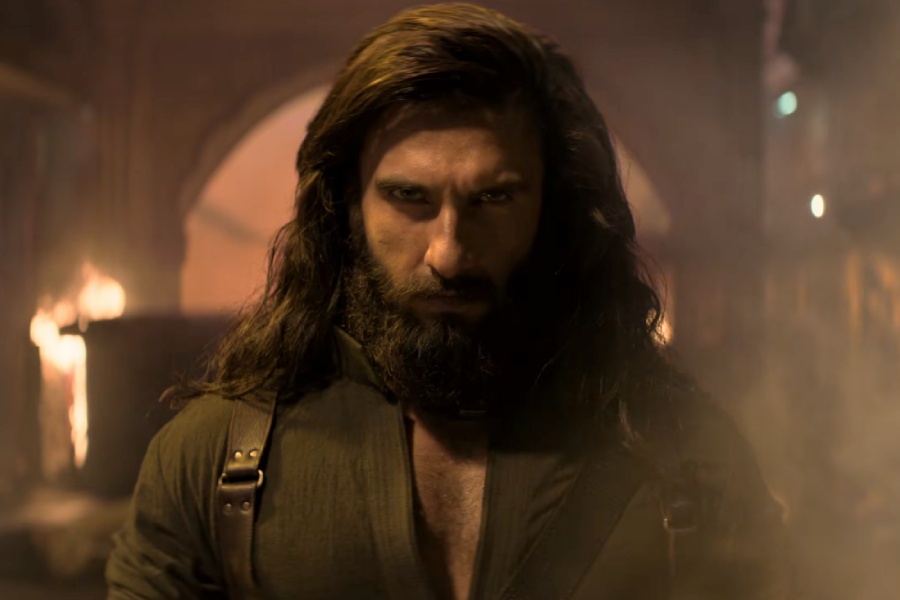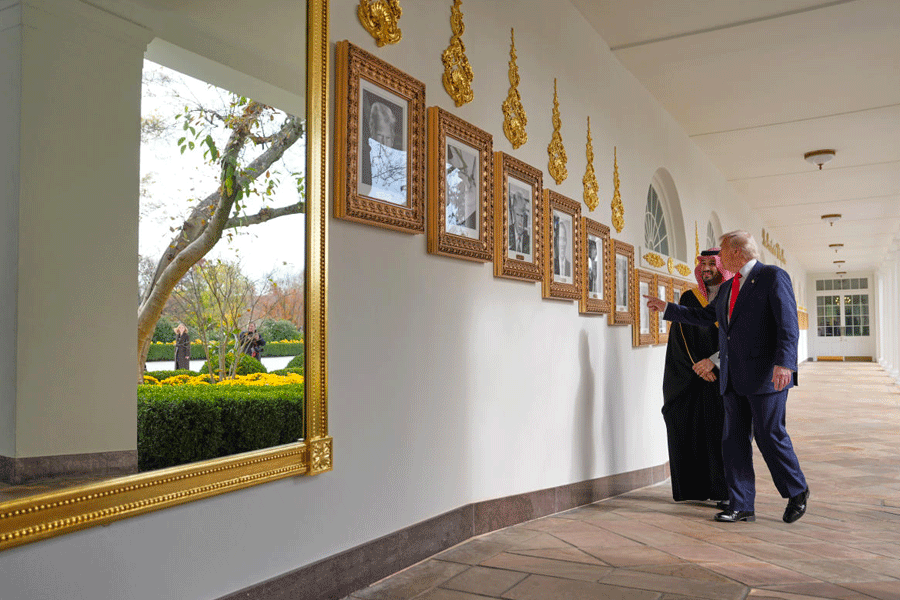 |
| Daisy Narain addresses the programme organised at Kumhrar Park in Patna on Thursday. Picture by Sachin |
If the charkha (spinning wheel) had not posed a visual problem it would still have been on the National Flag.
But Jawaharlal Nehru initiated the debate to replace the charkha (spinning wheel) in the National Flag and experts chose the chakra (wheel) from the Sarnath Pillar because of Emperor Asoka’s contribution to Indian history.
“Nehru proposed to change the symbol of charkha in the National Flag because when seen from the other side of the flag it looked completely different. The direction of the wheel and pedal of the loom would change when seen from behind. Experts zeroed in on the chakra (wheel) at the pillar in Sarnath because of the Mauryan emperor’s contribution to Indian history,” Patna University history professor Daisy Narain said on Thursday at a programme organised by the ASI on World Heritage Day.
Asoka was arguably the first Indian ruler to unite the subcontinent under a single sovereign. He was also a great patron of Buddhism to which he converted after the excesses of the Kalinga war.
Other experts — her university colleague Nawal Kishore Prasad, PU acting vice-chancellor U.K. Sinha and S.K. Manjul, superintending archaeologist of the Patna Circle of Archaeological Survey of India — also spoke at the meet.
Narain also spoke about the statue of the Yakshini, found at Didarganj in Patna.
“At first, the statue was kept at the site where it was found. But people living nearby started to worship it. They would pour ghee, milk and other substance on it in the course of performing rituals. Fearing that it would get damaged, the authorities sent it to the National Museum, New Delhi,” said the history teacher.
 |
“Before being sent to the museum, it was kept for a few days at Rashtrapati Bhavan. Then it went on a tour of Paris and US. But when it returned to India, it was found that the statue was a little damaged. Then, people realised that it should be sent back to its home in Patna, as it was a part of the state heritage and would be safe here.” At present, the statue is kept at Patna Museum.
“I loved listening to Narain,” said 23-year-old Khushbu Singh, who had come to see the programme. “I felt proud to learn of the heritage of my state and city.”
Her friend Niharika said: “I’m a student of history. So it was very helpful for me.”
Prasad, associate professor of history, Patna University, spoke about the difficulties historians and archaeologists faced while trying to find the site of the original Patliputra.
ASI Patna circle superintending archaeologist Manjul said Bihar was a Mecca for tourists.
“The state has a very rich heritage. The best architectural styles can be found in Bihar — rock-cut architecture at Barabar caves and Nagarjuna hills, stupas at Nandangarh and Kesariya, temples architecture at Mundeshwari and Bodhgaya,” he added.

